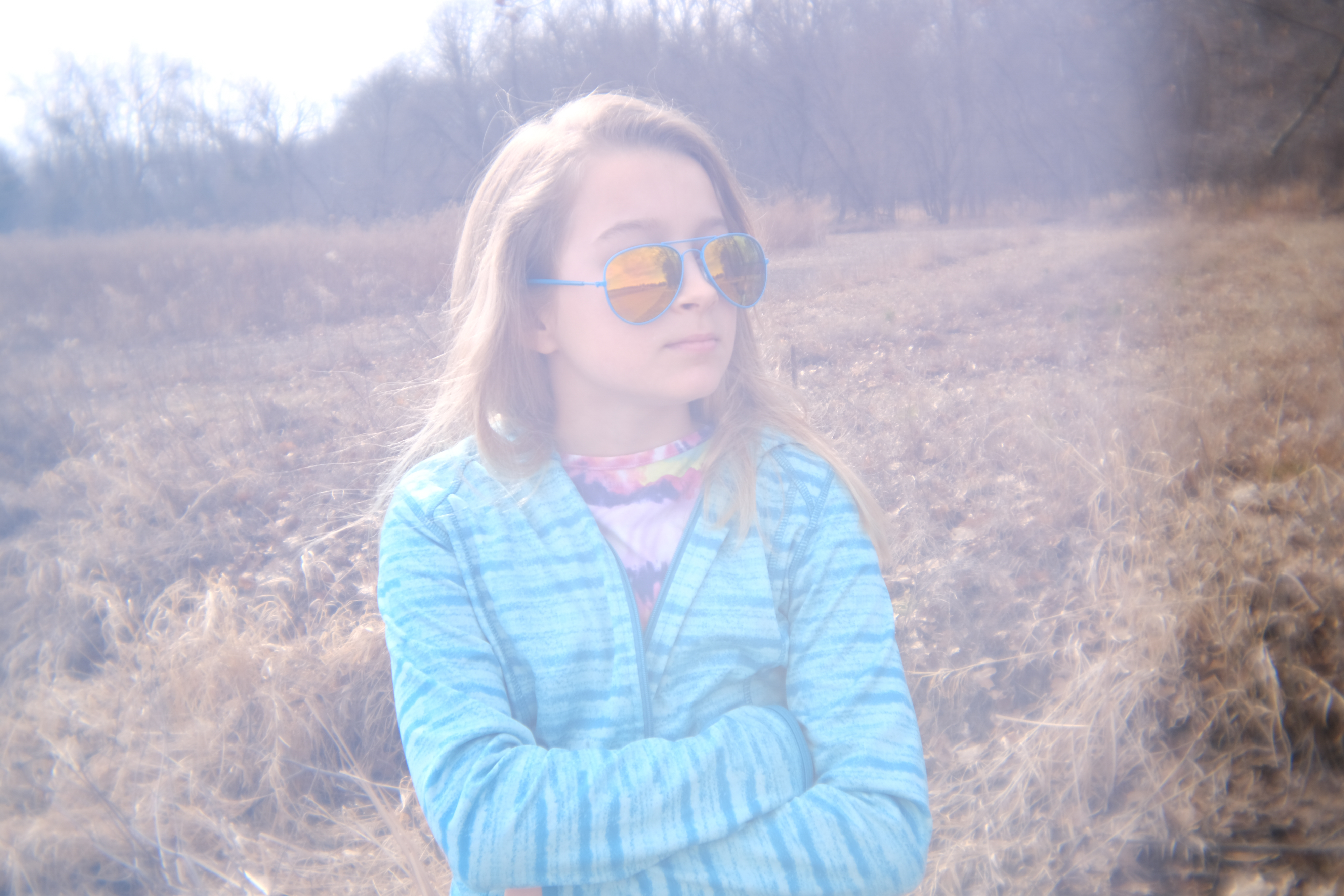The best messenger bags for photographers: bags for camera gear and a laptop
The best messenger bags for photographers are practical and stylish, whether you're traveling, shooting or commuting
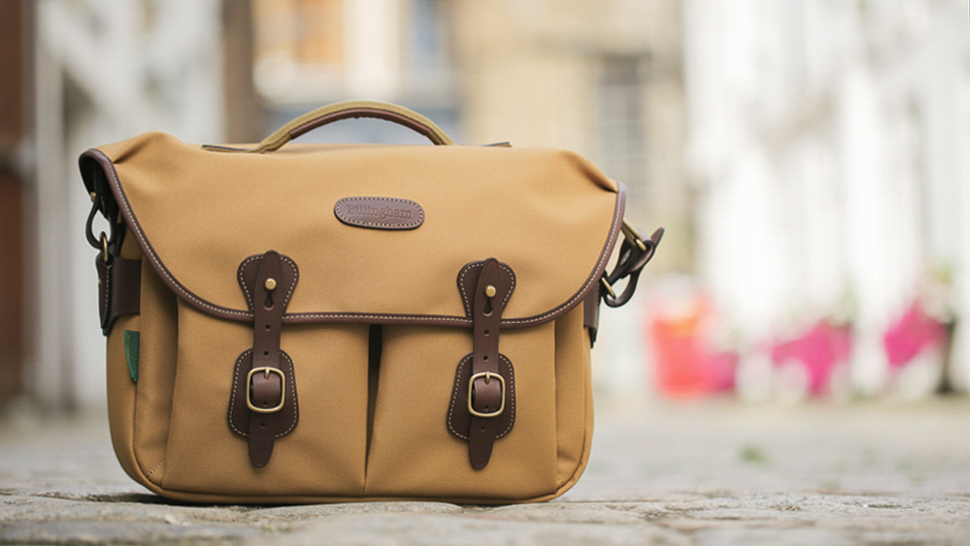
Finding the best messenger bags for photographers isn't always an easy task – but it's worth doing. Not only do you get a stylish bag that looks great for all situations, but you also get a sophisticated system for carrying your camera(s).
There's a reason why messenger bags are some of the most popular camera bags ever made. They often come with customizable interior dividers that can be shaped around the needs of your gear, and many have extra features like rain covers, tripod holders, and even laptop pouches.
Slinging across one shoulder, messenger bags are as useful for a daily commute as they are for photo gear, which makes them a great choice if you plan to use the bag for multiple purposes. Generally speaking, their slim profile makes them great for city breaks and day trips, but that's not to say they aren't roomy.
If you're looking for a bag for a long photo hike or outdoor trip, it might be worth taking a look at our roundup of the best camera backpacks instead. And if you're packing a lot of professional camera gear, check out the best roller bags.
We've chosen the best messenger bags based on a number of factors: capacity, waterproofing, comfort, design, and price. No matter what your camera setup or your budget is, there should be something on this list to suit you.
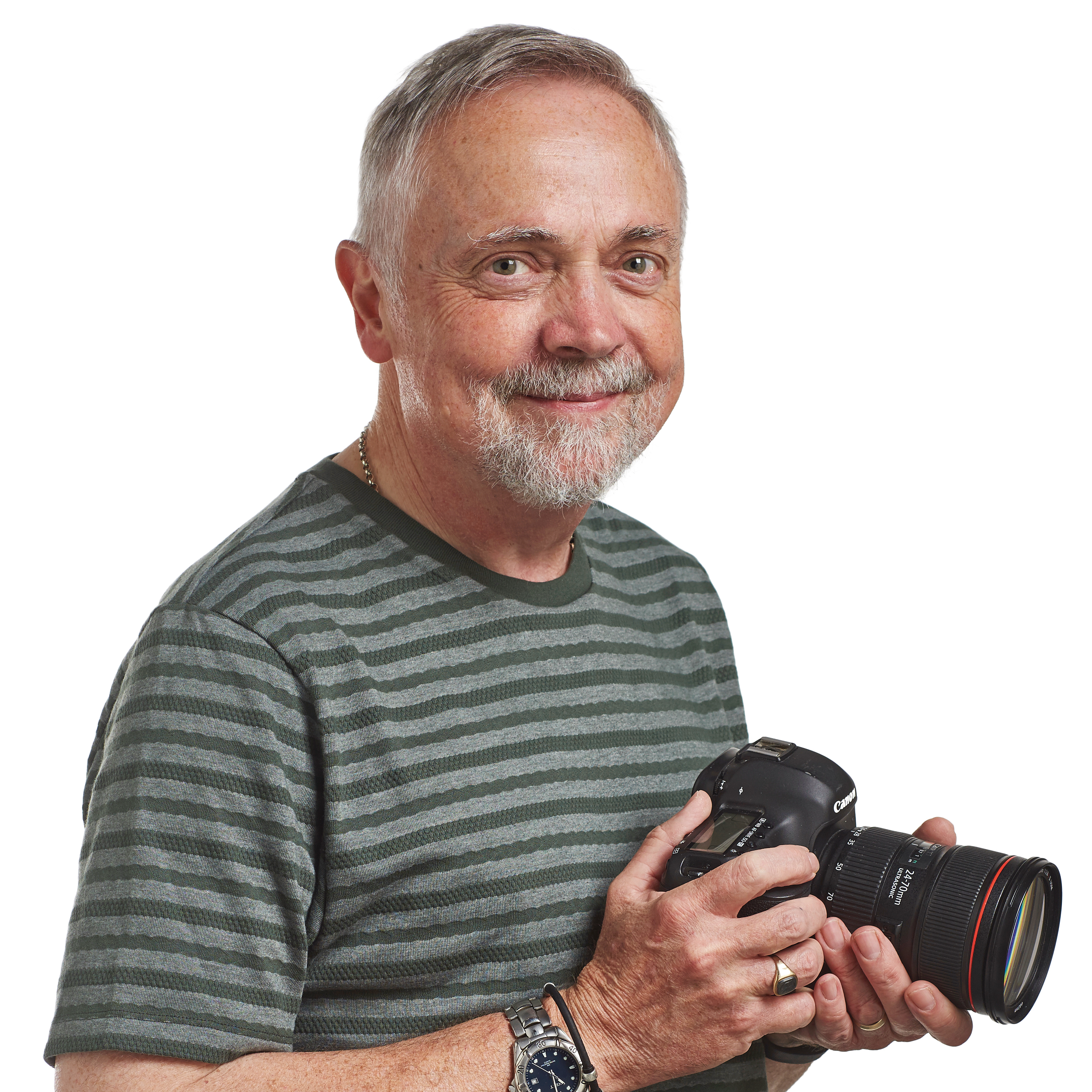
Rod is an independent photography journalist and editor, and a long-standing Digital Camera World contributor, having previously worked as DCW's Group Reviews Editor. He has used practically every interchangeable-lens camera launched in the past 20 years, from entry-level DSLRs to medium-format cameras, so he’s formed a pretty sense of what makes a good camera bag.
The Quick List
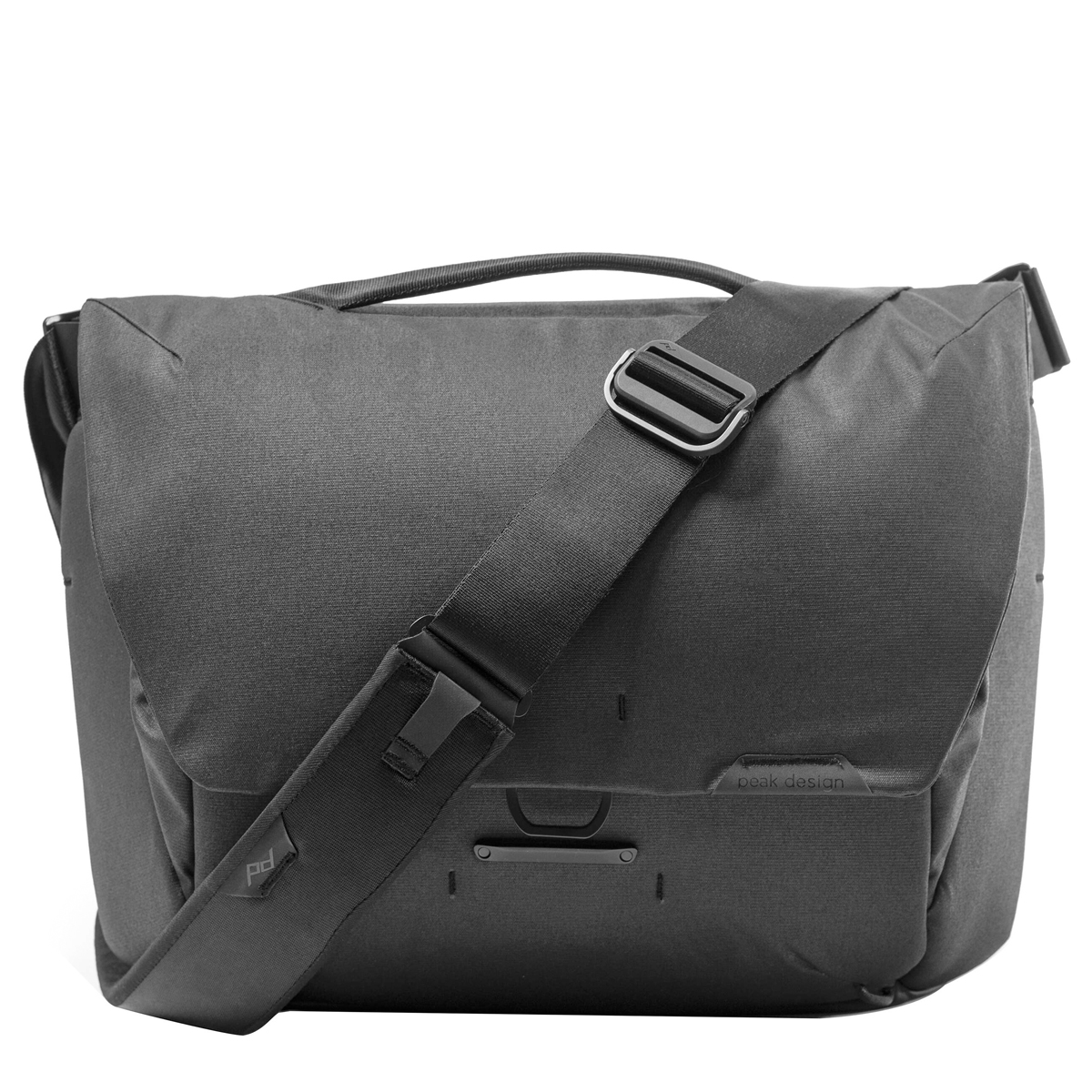
The Everyday Messenger is an icon of camera messenger bag design, but packs in as much camera gear as any regular shoulder bag. Read more below…
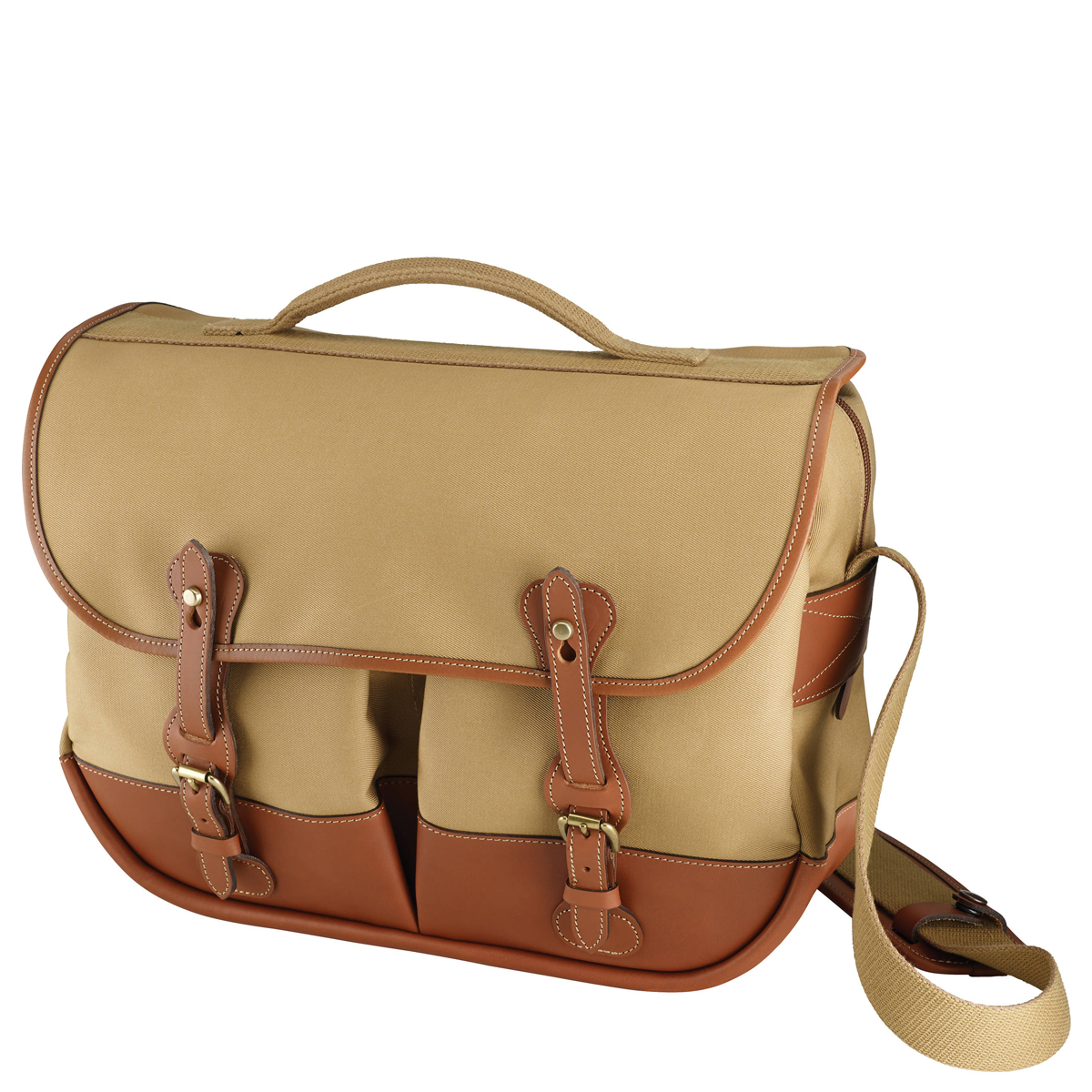
The Eventer has a hand-crafted, heritage look that’s just beautiful to look at, and it’s beautifully put together too. Read more below…
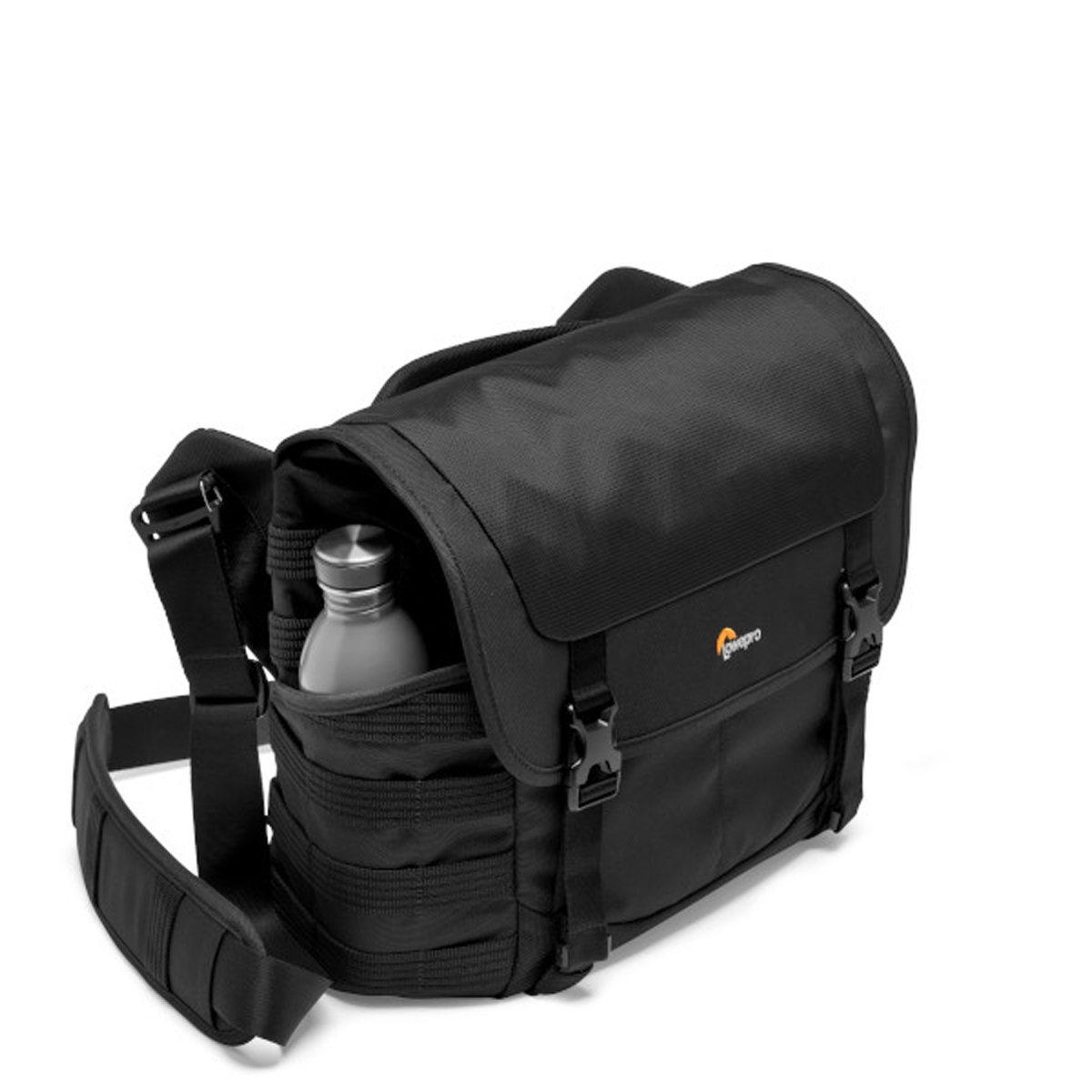
While it looks a little less chic than some of the other bags on this list, it's one of the most practical, and available at a great price. Read more below…
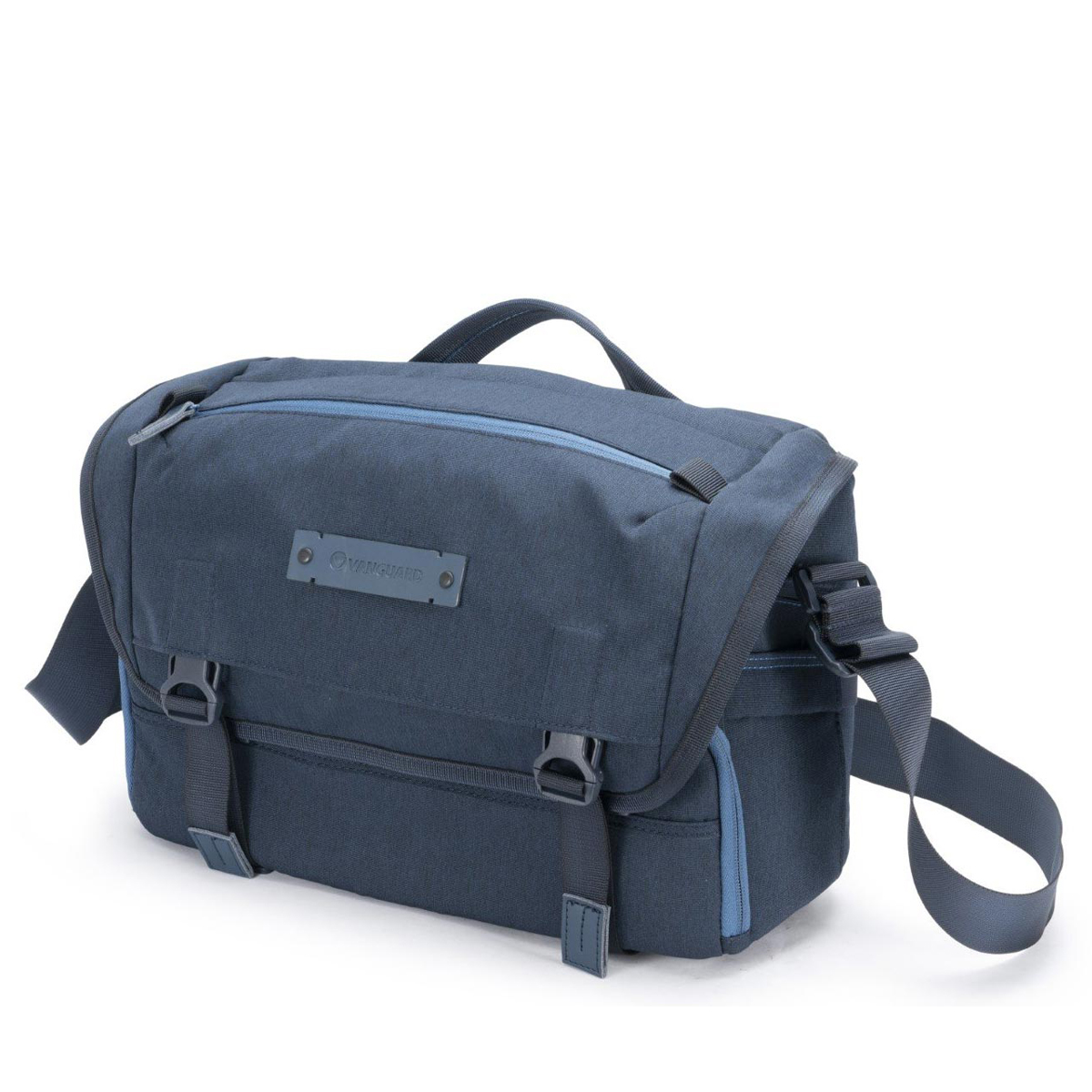
The 36M can take a laptop and a good quantity of kit without feeling overstuffed, and it’s great to be able to put a tripod in the base. Read more below…
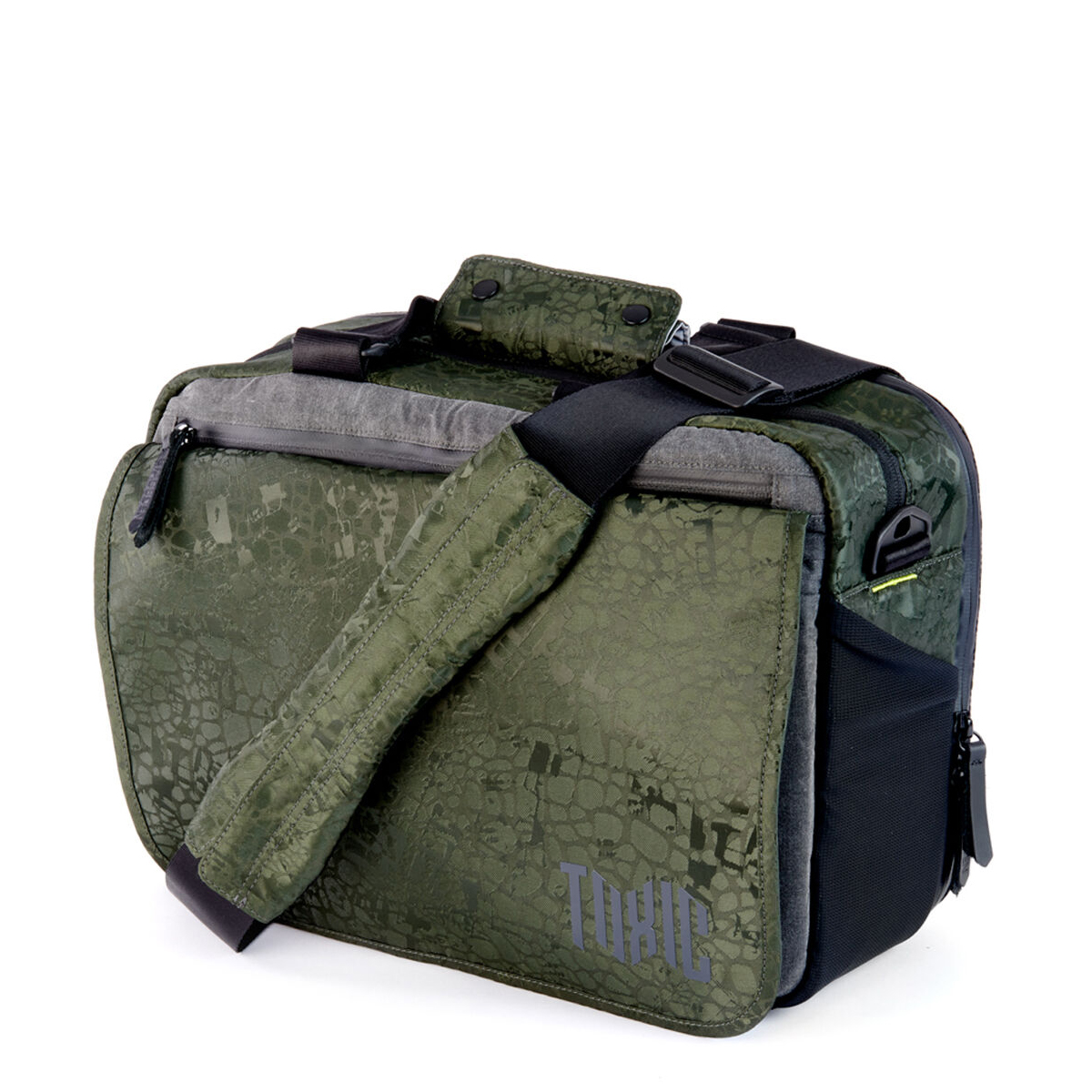
The Wraith works equally well as a messenger or sling bag – and for carrying your camera kit and daily essentials, it’s as good as it looks. Read more below…
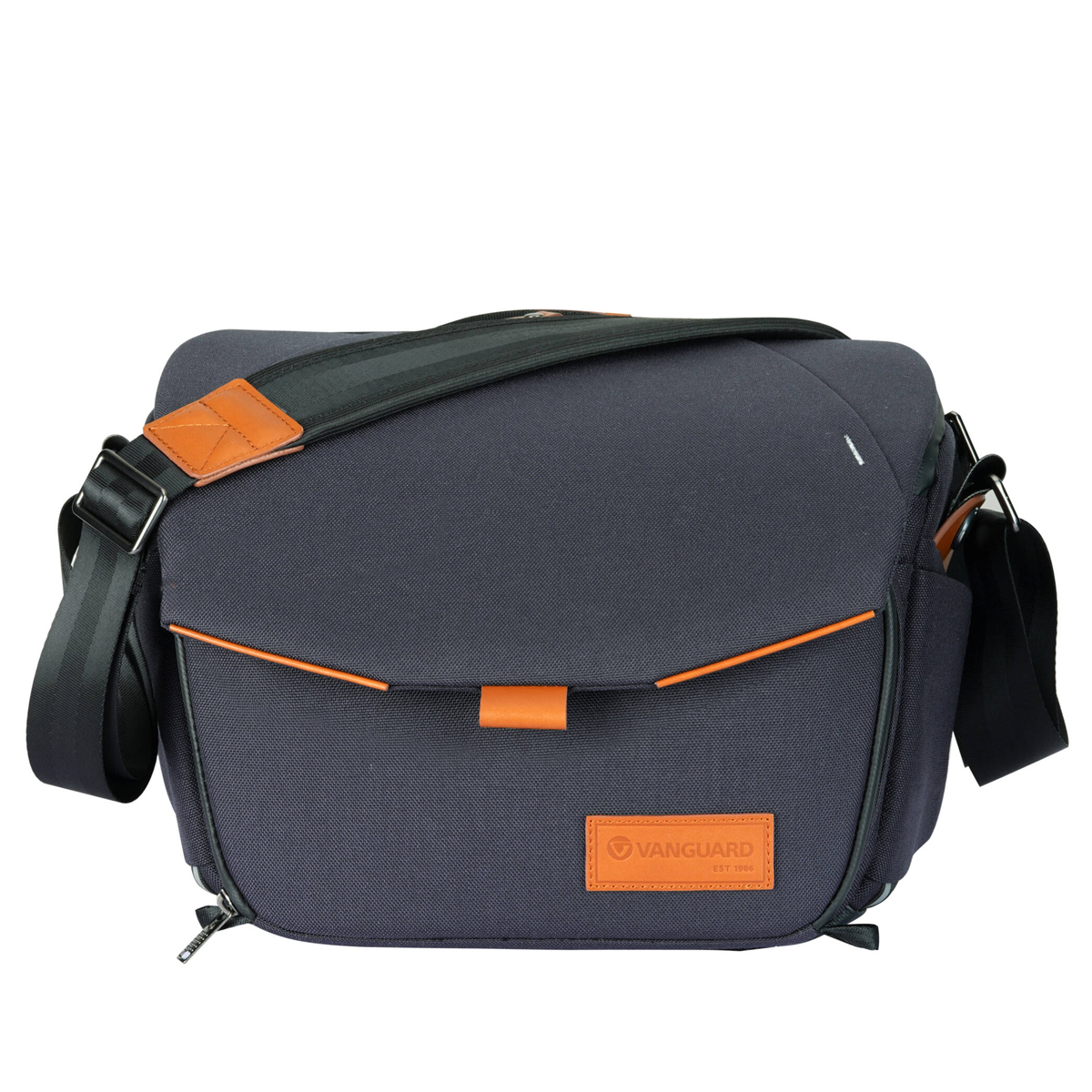
The S30 comes from a range designed for photographers who favor shooting in cities, for projects including street and architecture. Read more below…
Best messenger bags for photographers
Why you can trust Digital Camera World
Best messenger bag for style
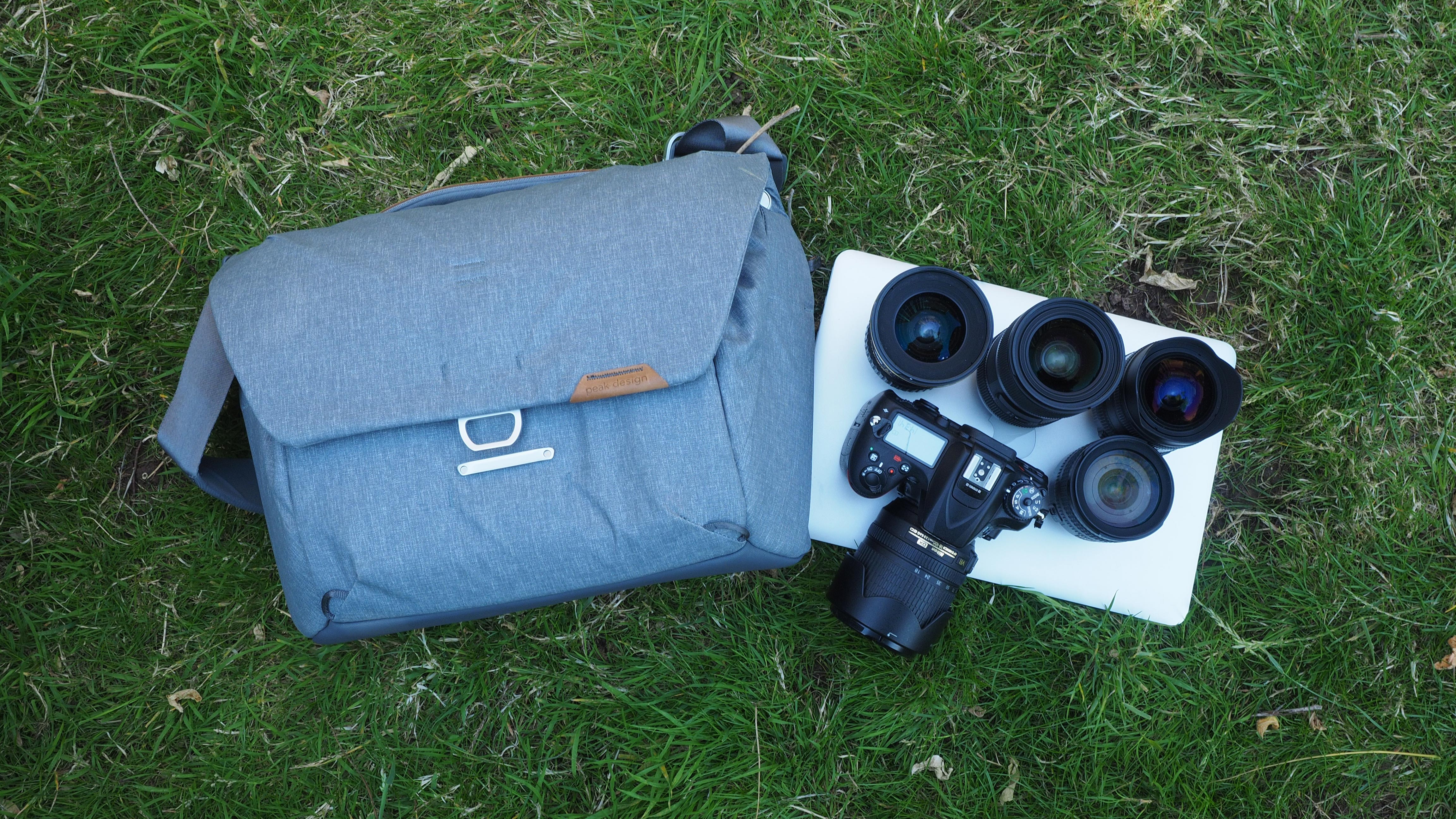
Specifications
Reasons to buy
Reasons to avoid
Sleek and light, the Peak Design Everyday Messenger has become an icon in the world of camera bag design – but it’s not just a pretty face. With a myriad of smart design touches, it’s able to accommodate as much gear as larger bags. Its FlexFold dividers make the main compartment store cameras and lenses efficiently, plus well-placed pockets for smaller items.
While the design is undoubtedly clever, the main compartment is covered only by the lid – there's no zipper – and the internal dividers seem designed for larger cameras and lenses, so smaller items may rattle around. All the same, this is a bag that delivers both style and substance.
Read more: Peak Design Everyday Messenger 13 V2 review
Best premium messenger bag
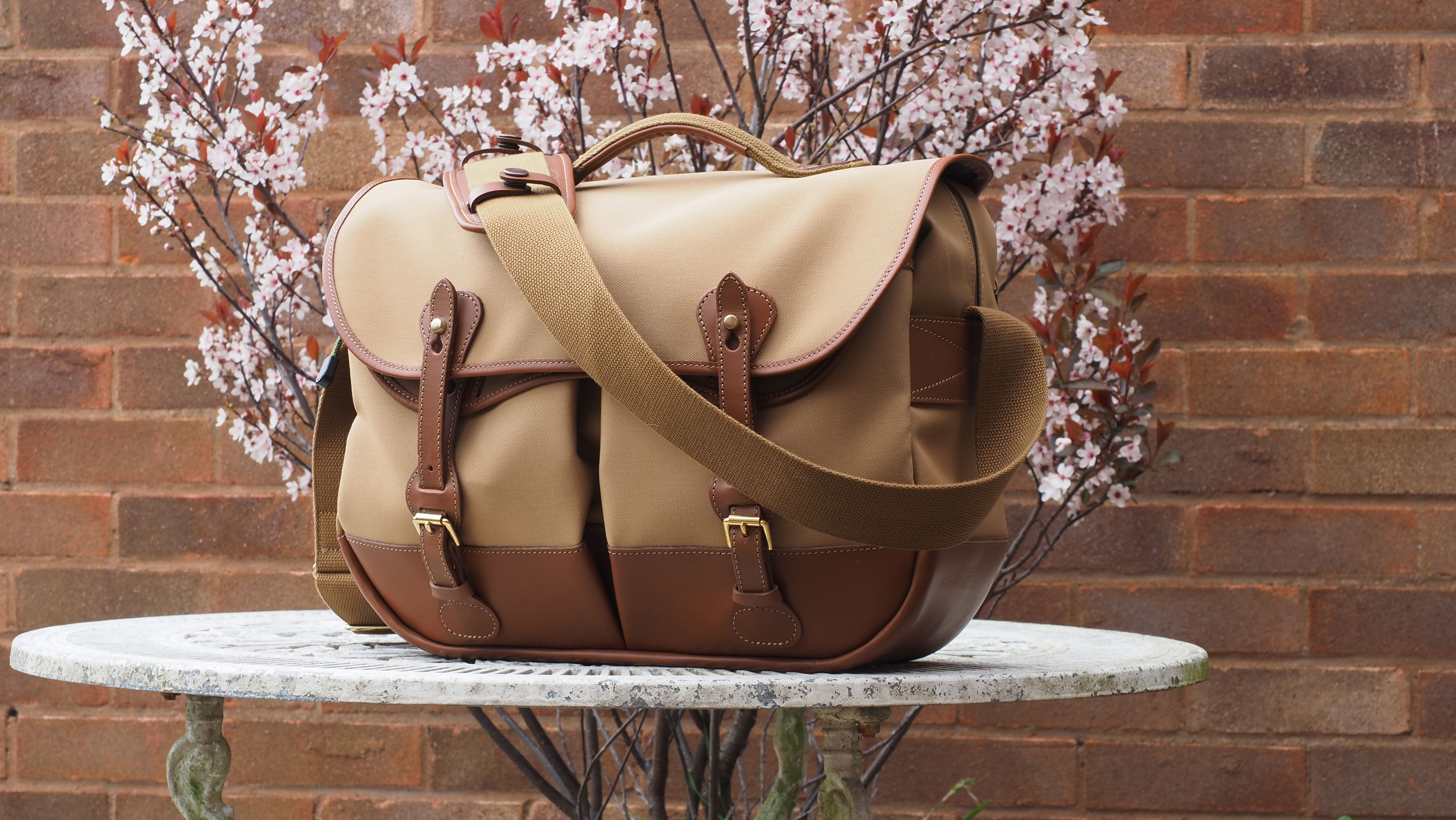
Specifications
Reasons to buy
Reasons to avoid
Billingham specialises in custom-made, hand-crafted bags that offer function as well as beauty, and the Eventer MKII is one of its flagship products. Available in five color schemes, it’s highly durable and weather-resistant, so it’s not just about the looks. The straps are for height adjustment; it’s actually quite easy to get into the main compartment, and the strong base means the bag can support itself and stand up, so you won’t get frustrated when you have to get an item out quickly.
Inside is a set of well-padded dividers, although the bag’s tall proportions mean that double-stacking is usually necessary. If you use a pro camera with a built-in grip, or prefer to have a grip attached, you might find the inside is too tight. The front pockets can hold a surprising amount of gear between them: we put in a DJI Mini drone and controller in a single pocket without causing a bulge.
This is unquestionably a premium investment, but its design and functionality mean that isn’t just indulgence based on style alone.
Read more: Billingham Eventer MKII review
Best budget messenger bag
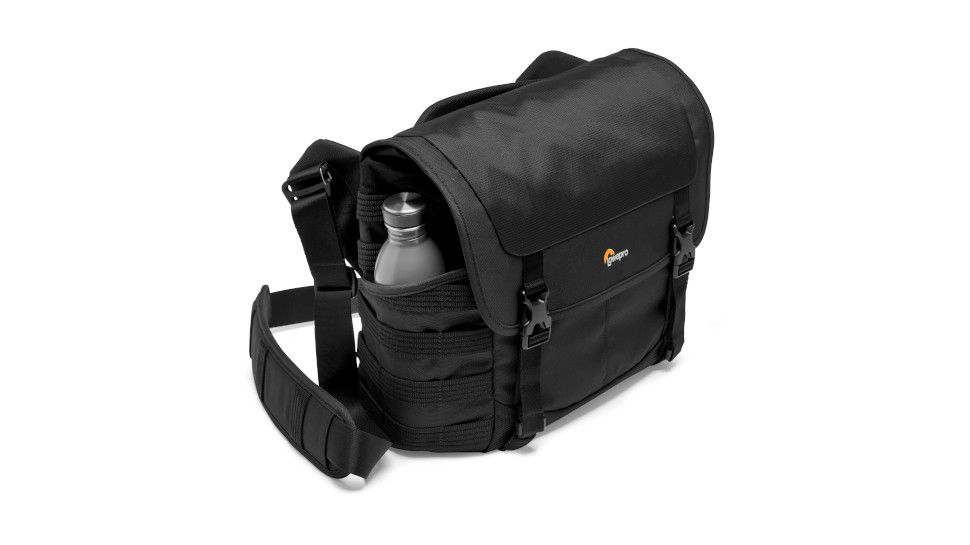
3. Lowepro ProTactic MG 160 AW II Messenger Bag
Specifications
Reasons to buy
Reasons to avoid
This is pretty much everything you want from a photography messenger bag. The Lowepro ProTactic MG 160 AW II features all the latest bells and whistles. Its interior divides for maximum versatility, with a bespoke 'Quick Shelf' system that allows you to safely house a 13-inch laptop as well as your camera kit.
An all-weather (AW) cover is included to protect from the elements, and thanks to the customizable strap, it can be worn in three different ways: slung low in traditional messenger style, high on the shoulder, or across the body. There's a tripod attachment on the bottom of the bag and an easily accessible front pocket for sundry items like a smartphone that you want to access quickly.
While it looks a little less chic than some of the other bags on this list, it's one of the most practical, and available at a great price.
Best double-deck messenger bag

Specifications
Reasons to buy
Reasons to avoid
The Veo Range 36M and its slightly larger 38M stablemate feature a split interior, with top and bottom halves. The bottom has enough space for a compact travel tripod (about 33cm long in the 36M, or 44cm in the 38M), or you can use it to add to the selection of gear stored in in the top. are light, practical and affordable shoulder bags with some neat touches. You can use a zip in the lid to pull out a camera or lens from the top, or pull the lid open to reach the bottom section. There’s also a section for a 13-inch laptop (15-inch in the 38M), and plenty of pockets for small accessories, so you can fit a good amount in without feeling like the bag is crammed.
The Veo Range 36M would be ideal for a mirrorless camera system (though it will take a DSLR too), while the 38M would be better for a DSLR-centered system.
Read more: Vanguard Veo Range 36M review
Best hybrid messenger bag
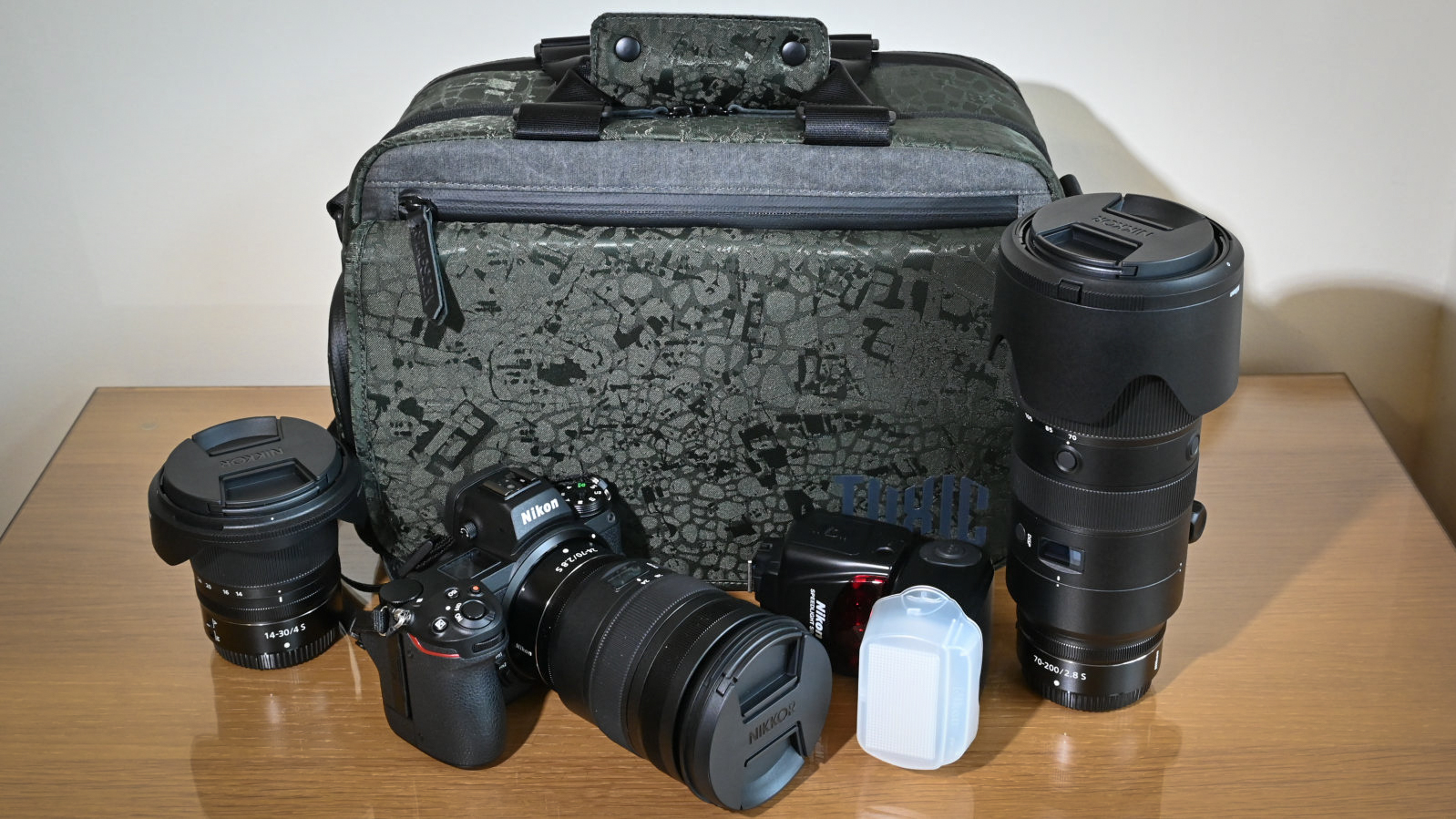
Specifications
Reasons to buy
Reasons to avoid
Morally Toxic is a subbrand of the well-known tripod maker 3 Legged Thing, bringing the company’s progressive sensibilities to camera bags. It’s one of the few bags that doesn’t come in black, with distinctive onyx, emerald and sapphire color schemes you’ll either love or hate. But it’s not just about fashion: there’s a lot of practicality in the Wraith’s design. There are plenty of dividers, including a folding divider so you can stack small lenses or flashguns. For the smallest items, there are pockets with organizer sections, plus a larger pocket for a digital tablet.
With a detachable carrying strap and two distinct sets of fastening loops, the Wraith can function equally well as a messenger bag or a sling bag. The exterior is water-resistant, and the protection extends to some inner pockets too. If the rain gets really hard, there’s also a storm cover. It’s a bag that’s really easy to live with.
Read more: Morally Toxic Wraith review
Best messenger bag for street photography
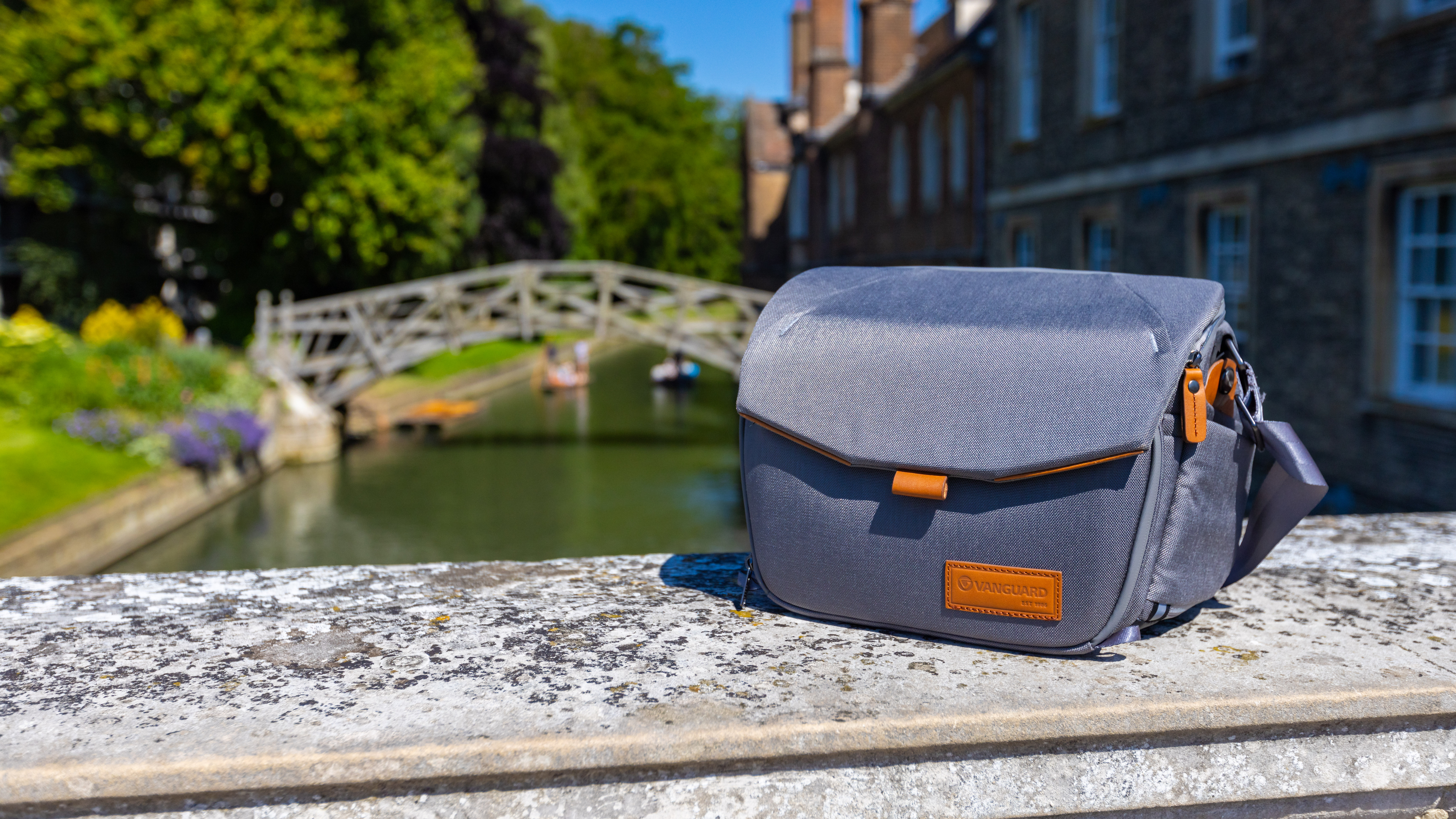
Specifications
Reasons to buy
Reasons to avoid
The S30 comes from a range designed for photographers who favor shooting in cities, for projects including street and architecture. This is the smaller of two messenger bag options. Its seven-liter capacity is enough for a camera and two lenses, plus a digital tablet; if that doesn’t sound like it would be enough, the 10-liter S36 handles a camera and four lenses, plus a 13-inch laptop. Each bag comes with an extra one-liter pouch you can attach whenever you need just a bit more capacity.
The versatile design has tripod straps on the underside and two zip-expandable side pockets for quick access to water bottles. Inside the top flap is a pocket with RFID protection – handy for credit cards or car keys.
Access to the main compartment is from the back of the bag, which is good from a security perspective, but less so if you want to be able to bring out your camera at short notice. The compartment has adjustable dividers and thoughtful touches like red and green pockets, to differentiate used batteries and memory cards from unused.
It’s a pleasing design that also offers good weather resistance. Using it around Cambridge for an extended test, however, showed that padding on the back was quite thin, which made all-day use a little uncomfortable around the hip area.
Read more: Vanguard Veo City S30 review
How to choose the best messenger bag
1. Will you need space for your laptop's charger and maybe an external drive?
2. Is the interior adaptable? It can be useful to make space for everyday items.
3. Velcro fastenings are secure, but can also be noisy when you open the bag.
4. A slimline bag will be easier to handle on buses, trains, and airplanes.
5. Don't get a bigger bag than you need. Overstuffed bags can be tiring.
How we test camera bags
The Digital Camera World team are all camera enthusiasts, and between us we have tested hundreds of different camera bags over the years – and owned a fair few of them too!
For us, a good camera bag is one that keeps your photographic gear safe and secure when not in use – but also easily accessible for when you need to take pictures. The particular requirements of a bag will depend on its type – we'd expect quicker access from a messenger bag than with a backpack, but we'd expect the backpack to store more gear.
We test our bags in real-world scenarios - accessing how much kit you can fit into each, so we can give a clear idea of which type of photographer each is best for. The design and looks of a bag can be equally important to the photographer - so we ensure we take this into account in our assessments.
Find out more about how we test and review on Digital Camera World
Get the Digital Camera World Newsletter
The best camera deals, reviews, product advice, and unmissable photography news, direct to your inbox!

Rod is an independent photography journalist and editor, and a long-standing Digital Camera World contributor, having previously worked as DCW's Group Reviews editor. Before that he has been technique editor on N-Photo, Head of Testing for the photography division and Camera Channel editor on TechRadar, as well as contributing to many other publications. He has been writing about photography technique, photo editing and digital cameras since they first appeared, and before that began his career writing about film photography. He has used and reviewed practically every interchangeable lens camera launched in the past 20 years, from entry-level DSLRs to medium format cameras, together with lenses, tripods, gimbals, light meters, camera bags and more. Rod has his own camera gear blog at fotovolo.com but also writes about photo-editing applications and techniques at lifeafterphotoshop.com
- Lauren ScottFreelance contributor/former Managing Editor
- Jon Stapley
